
 Products Center
Products Center
 Stone Crusher
Stone Crusher
 Grinding Mill
Grinding Mill
 Optional Equipment
Optional Equipment
 Mobile Crusher
Mobile Crusher
 Knowledge Hall
Knowledge Hall
 Crushers FAQ
Crushers FAQ
 Grinding Mills FAQ
Grinding Mills FAQ
 Mining Equipments
Mining Equipments
 Solution
Solution
 Stone Crushing
Stone Crushing
 Sand Making
Sand Making
 Ore Processing
Ore Processing
 Grinding Plant
Grinding Plant
 Construction Building Material
Construction Building Material
minerals with metallic luster

Minerals with Metallic Luster - About Geology
Minerals with metallic luster are easy to learn to identify.

GeoMan's Mineral Identification: Metallic
updated 10/06. GeoMan's Mineral Identification Minerals: Metallic Luster Generally with a colored streak, opaque. Click here for sub-metallic minerals

How to Identify Minerals - Step 2: Luster
Luster is the way a mineral reflects light and the first key step in mineral identification. Look for luster on a fresh surface. The three major types of luster are ...

Luster - Minerals.net Glossary of Terms
Luster glossary term at minerals.net educational reference guide

Metallic Mineral descriptions - Arkansas
In the bauxite refining process, the aluminum-bearing minerals in bauxite are converted in a multiple-step process to alumina (Al2O3). Alumina can be smelted to form ...

Identification of Minerals - Rocks For Kids
Characteristics used in the identification & study of minerals. These are the most common characteristics used when describing minerals.
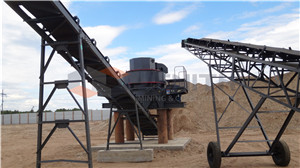
Lustre (mineralogy) - Wikipedia, the free …
Lustre (or luster) is the way light interacts with the surface of a crystal, rock, or mineral. The word traces its origins back to the latin lux, meaning "light", and ...

Difference between Metallic Minerals and Non - …
Metallic mineral re those minerals which can be melted to obtain new products whereas Non-metallic minerals are those which do not yield new products on melting.

RHODOCHROSITE ( Manganese Carbonate ) - …
Rhodochrosite (whose name means rose-colored) is a very attractive mineral with an absolutely one-of-a-kind, beautiful color. Although it can be an ore of manganese ...
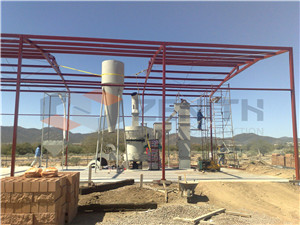
Properties of Minerals - Rocks And Minerals 4 U
Properties of Minerals The following physical properties of minerals can be easily used to identify a mineral: Color; Streak; Hardness; Cleavage or Fracture

Properties of Minerals - Rocks And Minerals 4 U
Properties of Minerals The following physical properties of minerals can be easily used to identify a mineral: Color; Streak; Hardness; Cleavage or Fracture

Brooklyn College - Core 3.32 - Geology
*GRAPHITE Metallic luster Hardness = 1-2 Cleavage Color = silver to gray Characteristics = black streak, greasy feel Uses = pencil lead, lubricants

What are examples of metallic and non metallic …
Probably the most famous metallic mineral is Pyrite, or Fool's Gold. Hematite, which is often used in jewelry, and Graphite, which is often used in pencil lead, are ...

Mineral Gallery: LUSTER - Amethyst Galleries
Luster is a description of the way light interacts with the surface of a crystal. This is how you would tell someone how a mineral looks. It has nothing to do with ...

Mineral ID_Key - Rockhounds
Introduction This Mineral Key is designed and intended for use on-line. It is intended also to be used in conjunction with one or more other field guides to minerals ...

Minerals and Vitamins, Types of Minerals, Liquid …
Get detailed information on minerals and vitamins, mineral types, mineral characteristics, why we need minerals.

[Regents Prep Earth Science] Rocks & Minerals: …
Minerals are also known as “rock ingredients”. In order to properly identify a mineral one needs to be aware of the characteristics a mineral may ...

Mineral Identification - Black Hawk College
Minerals. Minerals are defined as naturally occurring, inorganic, solids with a definite chemical composition and a regular, internal crystalline structure.
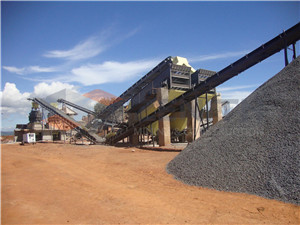
How to Identify Minerals in Everyday Life | eHow
How to Identify Minerals in Everyday Life. According to the U.S. Bureau of Mines, the average person consumes or uses 40,000 pounds of minerals each year. Apart from ...

Properties of Minerals - Rocks And Minerals 4 U
Properties of Minerals The following physical properties of minerals can be easily used to identify a mineral: Color; Streak; Hardness; Cleavage or Fracture
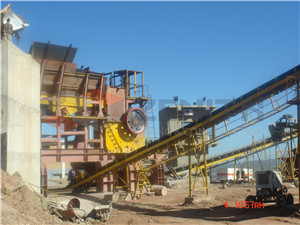
Brooklyn College - Core 3.32 - Geology
*GRAPHITE Metallic luster Hardness = 1-2 Cleavage Color = silver to gray Characteristics = black streak, greasy feel Uses = pencil lead, lubricants

What are examples of metallic and non metallic …
Probably the most famous metallic mineral is Pyrite, or Fool's Gold. Hematite, which is often used in jewelry, and Graphite, which is often used in pencil lead, are ...

Mineral Gallery: LUSTER - Amethyst Galleries
Luster is a description of the way light interacts with the surface of a crystal. This is how you would tell someone how a mineral looks. It has nothing to do with ...

Mineral ID_Key - Rockhounds
Introduction This Mineral Key is designed and intended for use on-line. It is intended also to be used in conjunction with one or more other field guides to minerals ...

Minerals and Vitamins, Types of Minerals, Liquid …
Get detailed information on minerals and vitamins, mineral types, mineral characteristics, why we need minerals.

[Regents Prep Earth Science] Rocks & Minerals: …
Minerals are also known as “rock ingredients”. In order to properly identify a mineral one needs to be aware of the characteristics a mineral may ...

Mineral Identification - Black Hawk College
Minerals. Minerals are defined as naturally occurring, inorganic, solids with a definite chemical composition and a regular, internal crystalline structure.
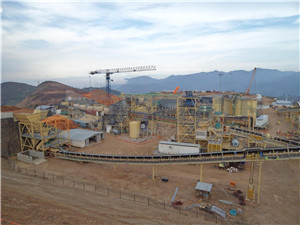
How to Identify Minerals in Everyday Life | eHow
How to Identify Minerals in Everyday Life. According to the U.S. Bureau of Mines, the average person consumes or uses 40,000 pounds of minerals each year. Apart from ...
- Last Product: mining coal balikpapan
- Next Product: quipment for extraction and mining of coal